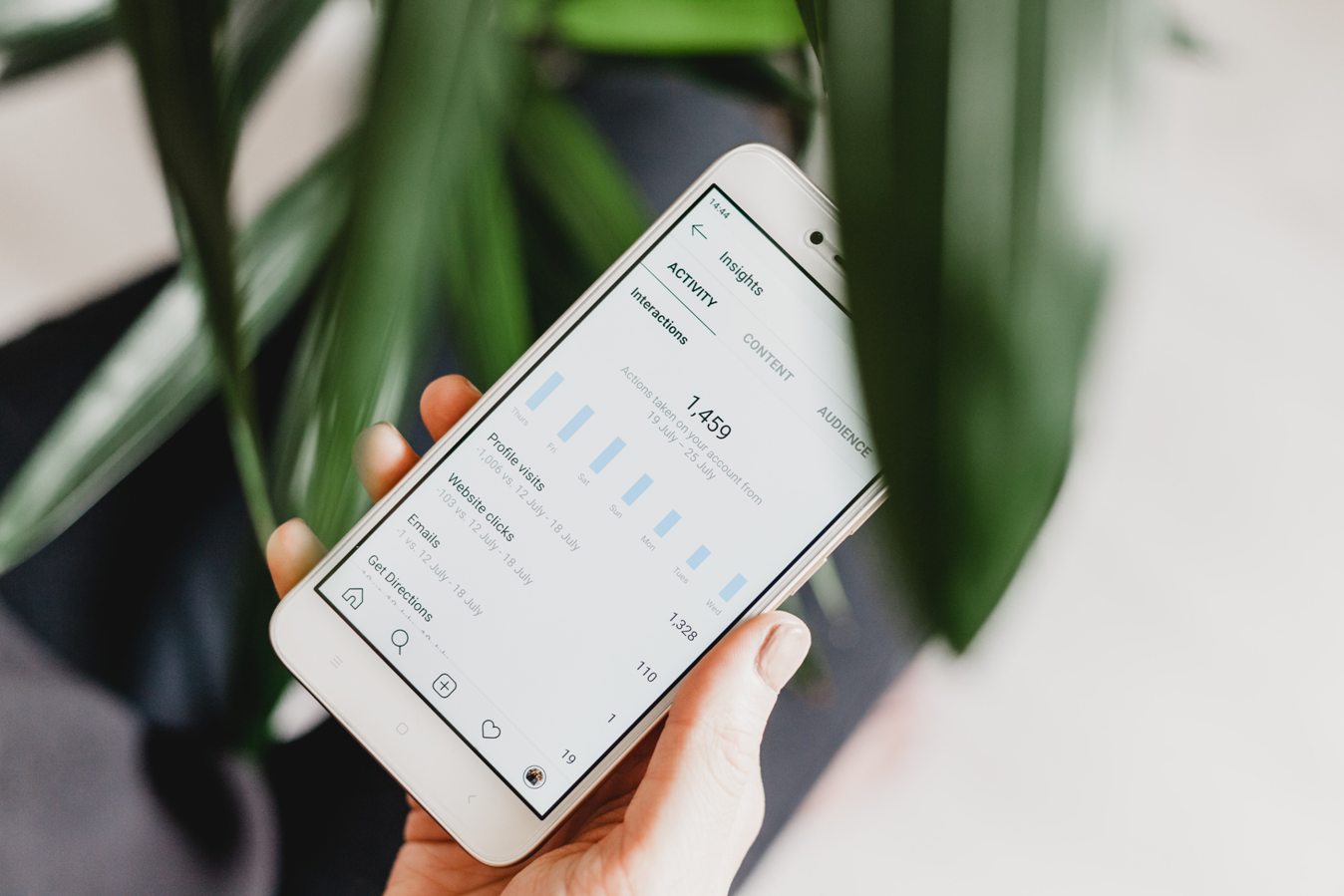With the progression of social media, there has been a rapid growth in influencers. From Disha Patani to Virat Kohli, and Somya Gupta to Prajakta Koli, there are thousands of Indian influencers taking the internet by storm with their unique, compelling, and widely shared content. Each of these 4 influencers have been recognised outside of India too and have worked with international brands like Google, Puma, and Mac on a sponsorship basis. Yet, why exactly do Indian influencers fit into international brand PR strategies, and what do these influencers do?
Why Do International Brands Need Multi-cultural Influencers?
Often, businesses will work with a diverse range of influencers who can tap into different markets for them. Take some of the Indian influencers previously mentioned as an example. With an Indian primary language, they are able to target a population that the brand would otherwise struggle to target as a result of language barriers.
This makes bilingual influencers more appealing to brands and thanks to online platforms that allow people to learn another language, from English to French, influencers could go from beginner to advanced in no time. They wouldn’t have to worry about grammar mistakes in their content either, as online platforms like Preply are designed to improve the spoken and written language with their learning tools. This capability to curate language-specific content on behalf of international brands is essential in most global organisations’ marketing strategies as it generates a wider reach.
How Influencer Sponsorships Work

aily basis, we find ourselves scrolling through our social platforms like Instagram and Tik-Tok and see our favourite influencer modelling a new pair of shoes from Nike. Yet, do we ever really question the behind-the-scenes action that goes into curating such content? Typically, a brand will have certain criteria that they require a potential influencer partner to meet, like the number of followers, the location, gender, and age of their followers, and engagement rate. If an influencer meets their criteria, then the next step is to send the influencer a sample product on a gifted basis.
Often, influencers who are at the top of their game will charge for content too, which means that they will get free branded supplies and payment too – win-win. Starting as little as 10 dollars and reaching highs of over 10,000 dollars per post, influencer marketing is becoming a high-end spender for businesses. Though, with around 57% of the global population on social media, the return on investment is worth it. When posting content, an influencer will often stipulate that it is a sponsored ad but will still speak about the brand and product with true authenticity. While this is a way to grab attention and spark interest, the brand’s conversion comes into play when influencers have discount codes to offer, which is how the brand intends to generate sales.
Often, influencer marketing benefits both the brand and the influencer. While the brand wins by reaching new audiences and extending brand awareness, the influencer racks up the followers and engagements.


